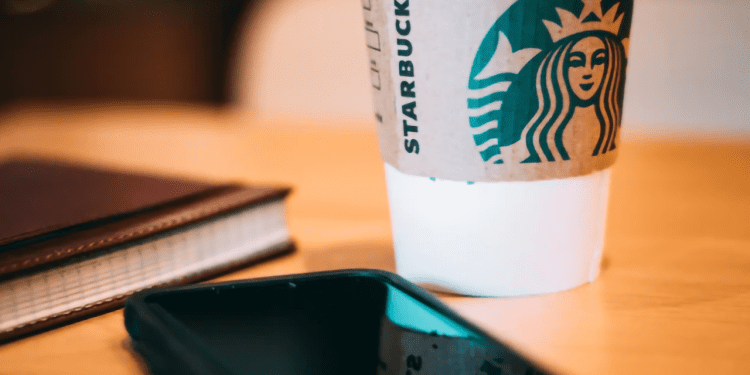A surprising trend emerged in the mobile payments landscape: Starbucks’ in-store mobile payment system surpassed Apple Pay in popularity among U.S. consumers. This milestone underscores the effectiveness of Starbucks’ mobile strategy and its strong connection with its customer base.
The Rise of Starbucks’ Mobile Payments
Starbucks has long been a leader in leveraging technology to enhance the customer experience. The company’s mobile app, which integrates a payment system, loyalty program, and ordering functionality, has been instrumental in driving customer engagement and convenience.
Kevin Johnson, CEO of Starbucks, stated: “Our goal is to make the Starbucks experience as seamless and enjoyable as possible. The success of our mobile payment system shows that our customers appreciate the convenience and benefits it offers.”
Key Features Driving Popularity
Several features have contributed to the popularity of Starbucks’ mobile payment system:
- Integrated Loyalty Program: The app’s integration with the Starbucks Rewards loyalty program incentivizes customers to use mobile payments by offering rewards and exclusive benefits.
- Order Ahead: The ability to order and pay ahead through the app saves customers time, enhancing their overall experience.
- User-Friendly Interface: The app’s intuitive design and ease of use have made it a favorite among Starbucks patrons.
- Widespread Adoption: Starbucks’ extensive network of stores ensures that customers can use the mobile payment system at numerous locations, increasing its utility and convenience.
Emily Rodriguez, a frequent Starbucks customer, commented: “I love using the Starbucks app because it makes my morning coffee run so much easier. I can order ahead, pay through the app, and earn rewards all at once.”
Comparison with Apple Pay
While Apple Pay is a widely used mobile payment platform, Starbucks’ focused approach and strong brand loyalty have given it an edge in the U.S. market. The dedicated Starbucks app provides a tailored experience that goes beyond just payments, creating a deeper connection with customers.
Michael Levin, a mobile payment analyst, noted: “Starbucks’ success in mobile payments can be attributed to its holistic approach, combining payments, loyalty rewards, and convenience. Apple Pay, while popular, is more general and doesn’t offer the same level of integrated benefits specific to a single brand.”
Implications for the Mobile Payments Industry
The popularity of Starbucks’ mobile payment system has important implications for the broader mobile payments industry. It demonstrates the potential for brand-specific payment solutions to succeed by offering added value and convenience tailored to their customer base.
Sarah Johnson, a fintech expert, explained: “Starbucks has set a benchmark for other brands looking to develop their own mobile payment solutions. The key takeaway is that a successful mobile payment strategy should integrate seamlessly with the brand’s overall customer experience and provide tangible benefits.”
Future Prospects
As mobile payments continue to grow, Starbucks is well-positioned to maintain and even expand its lead in this space. The company is likely to further innovate its app, adding new features and functionalities to enhance the customer experience.
Kevin Johnson hinted at future developments: “We are constantly exploring new ways to improve our app and the overall Starbucks experience. Our focus will remain on delivering convenience, value, and exceptional service to our customers.”
Conclusion
Starbucks’ in-store mobile payments surpassed Apple Pay in popularity in the U.S., highlighting the effectiveness of its mobile strategy and strong customer loyalty. This achievement underscores the potential for brand-specific mobile payment solutions to thrive by offering integrated benefits and convenience.
As Starbucks continues to innovate and enhance its mobile app, it sets a powerful example for other brands aiming to succeed in the competitive mobile payments landscape.










